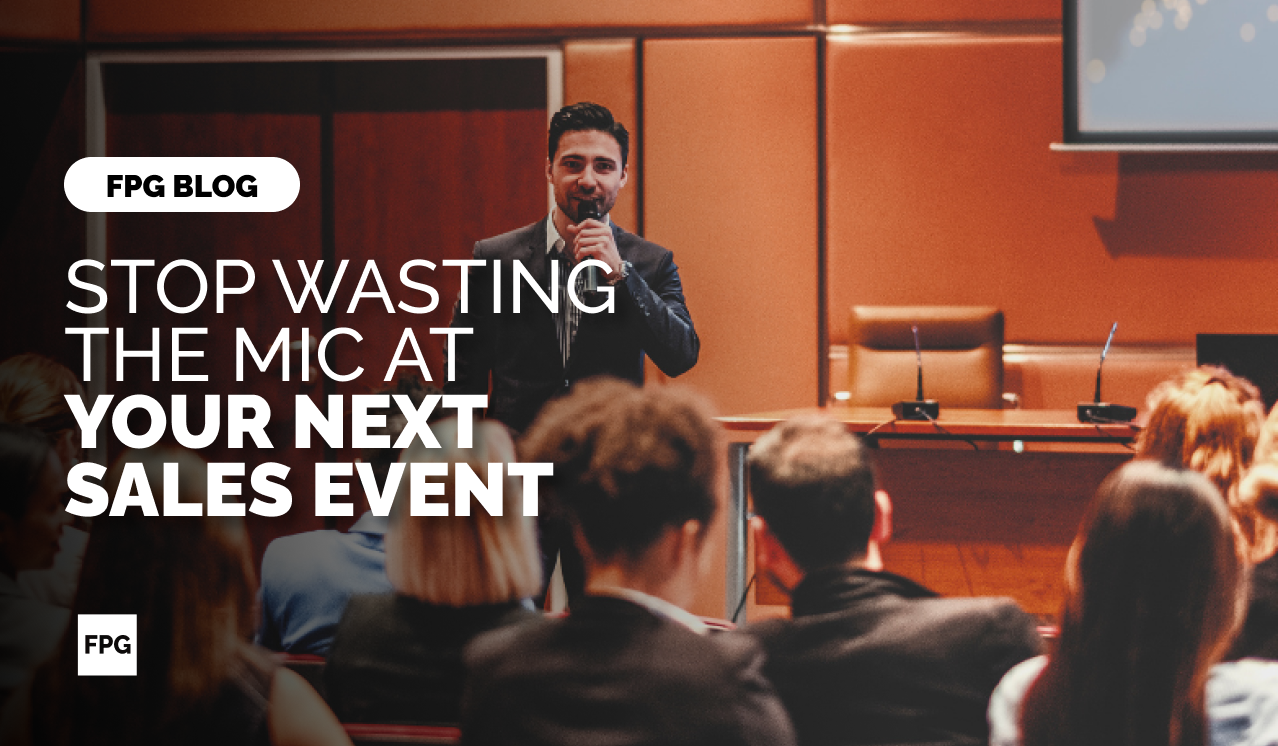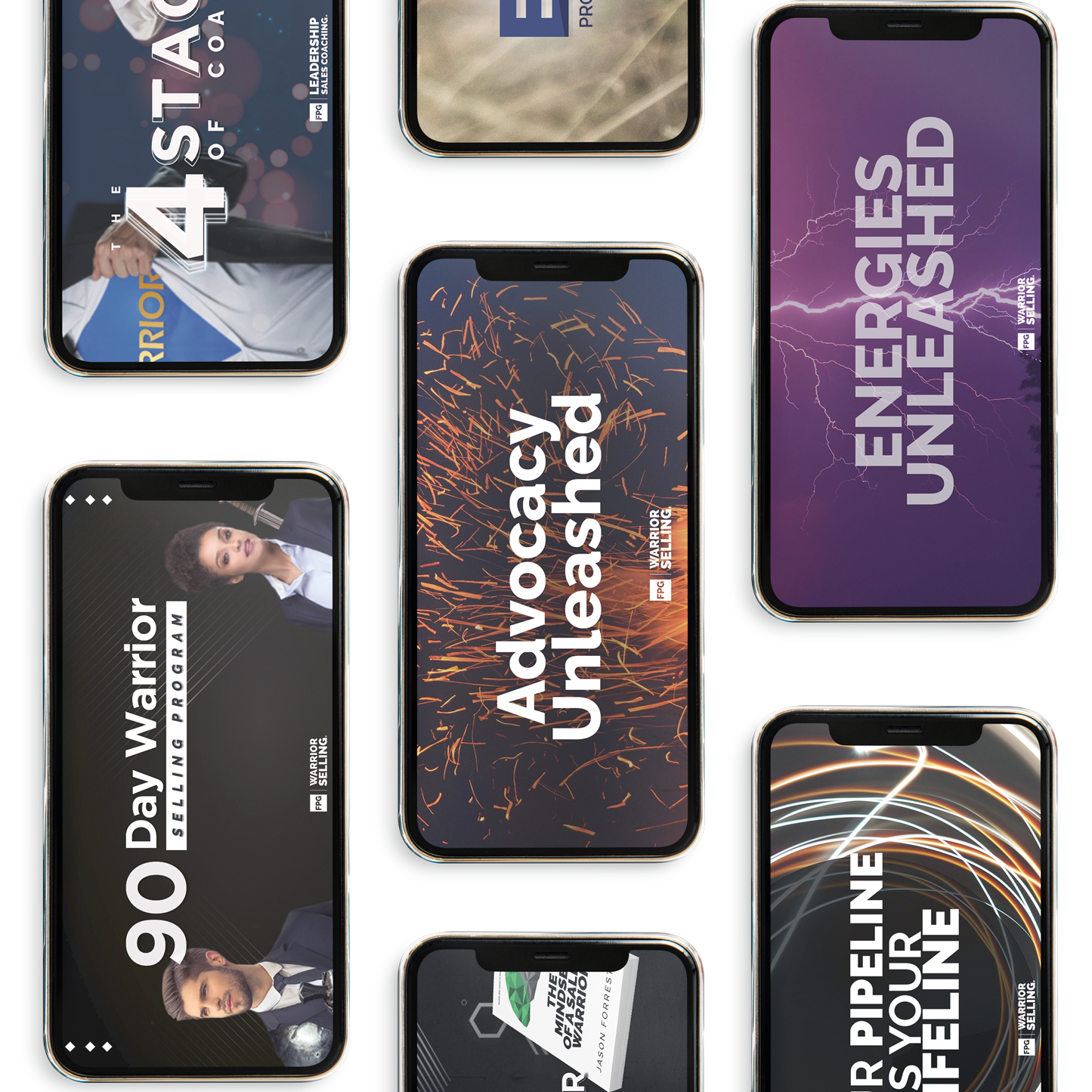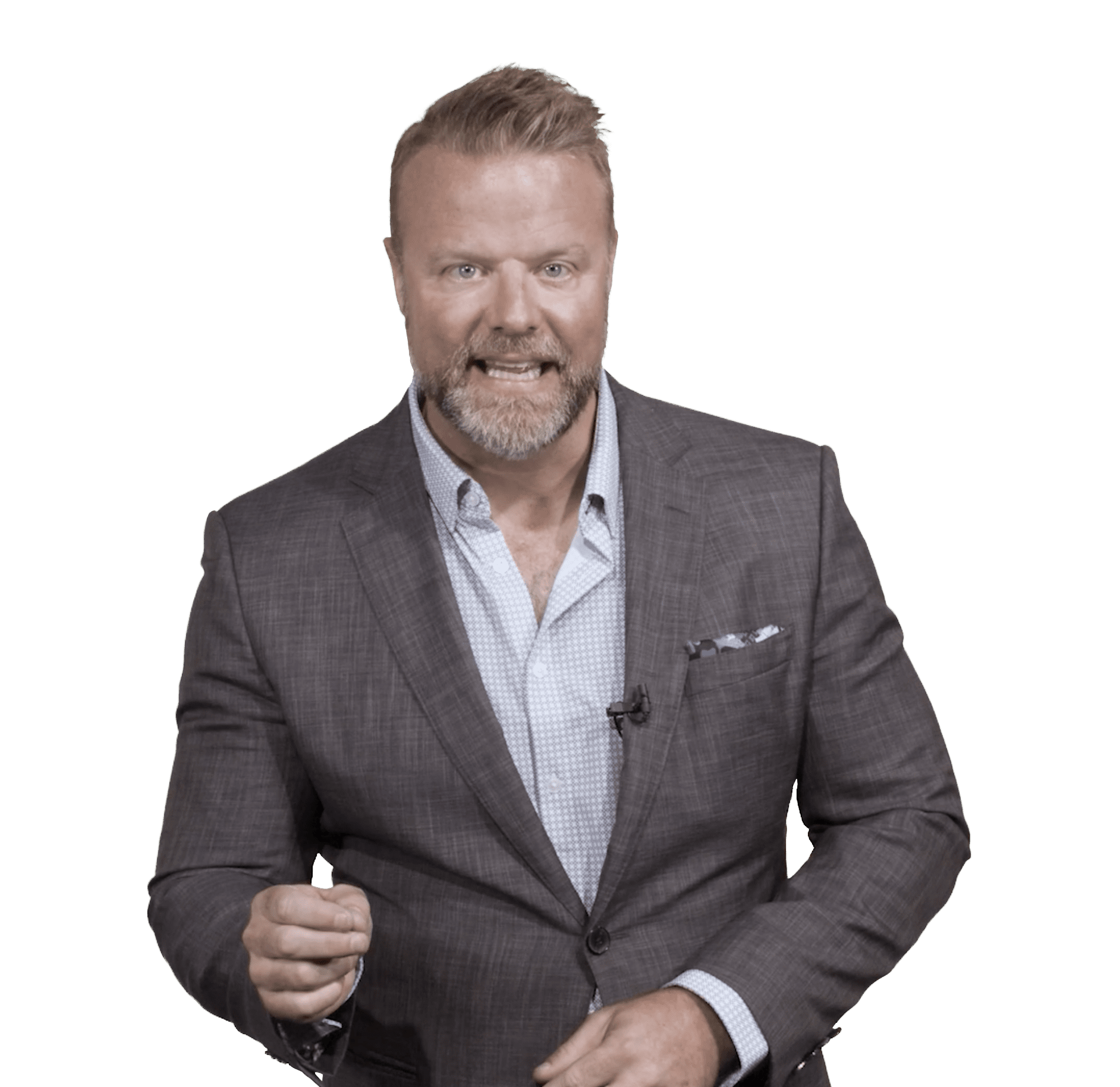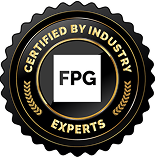Sales teams deserve better than another keynote filled with recycled energy and generic storytelling. Yet that’s what most leadership conferences continue to deliver. The speaker steps on stage, shares a story about overcoming some distant challenge, tosses in a few quotable phrases, and walks off to applause.
Unfortunately, within a few hours, no one remembers what they heard. Behavior doesn’t change. Coaching habits stay the same. And sales leaders return to their teams no more prepared than before. This is not development. It’s distraction. It feels productive. But in reality, it’s a performance without purpose.
Event planners and executive leaders need to ask a harder question. What is the actual purpose of putting someone on that stage? Because if the goal is just inspiration, there are cheaper ways to do it. If the goal is transformation, then it’s time to start booking speakers who know how to coach, not just perform.
Table of Contents
- Why Safe Speakers Are Hurting Sales Cultures
- Entertainment Isn’t the Goal. Execution Is.
- What Real Sales Leadership Coaching Looks Like on Stage
- The Difference Between Storytelling and Strategy
- Why Safe Isn’t Just Ineffective—It’s Dangerous
- What Your Speaker Should Be Doing Instead
- How to Know You Booked the Wrong Speaker
- What the Best Sales Leadership Keynotes Actually Deliver
- What Happens When You Get It Right
Why Safe Speakers Are Hurting Sales Cultures
Many keynote speakers are booked because they are safe. They’re well-rehearsed, familiar, and good at telling a story. They speak in broad terms. They avoid confrontation. They don’t challenge beliefs or offer anything specific enough to apply.
This kind of speaker feels like a win in the moment. But over time, it sets a dangerous tone. It communicates to your sales leaders that energy matters more than execution. It trains managers to avoid discomfort and focus on surface-level coaching. In truth, safe speakers protect feelings while performance suffers.
Sales leadership development should never feel like entertainment. It should feel like preparation. And preparation requires confrontation. Sales cultures are shaped by the expectations set at the top. If your stage tolerates soft messaging, your frontline will follow suit. Eventually, your entire sales culture softens.
Entertainment Isn’t the Goal. Execution Is.
Sales organizations don’t lose to competitors because they weren’t inspired. They lose because they weren’t trained to execute under pressure. Real leadership development should build execution under stress. That doesn’t come from motivational storytelling. It comes from rewiring beliefs, coaching through resistance, and delivering strategies that stick.
The speaker you choose is setting the tone for what leadership means inside your company. If they focus on story more than substance, your managers will do the same in their coaching sessions. If they avoid specificity, your teams will avoid accountability. Over time, this costs pipeline, margin, and morale.
The solution isn’t to cancel keynotes. The solution is to raise the bar. Choose someone who understands what sales leaders actually need. Someone who builds clarity around revenue velocity, onboarding systems, coaching cadence, and performance mindset. Those are the building blocks of consistent, scalable success.
What Real Sales Leadership Coaching Looks Like on Stage
Sales coaching from the stage is different from sales entertainment. It doesn’t just inform. It confronts. It pushes. It changes behavior in real time. It gives the audience tools they can use before the next breakout session. And most importantly, it models how leaders should lead their teams back at home.
Real sales leadership coaching from a keynote stage includes:
- Calling out limiting beliefs that cause underperformance
- Demonstrating how to coach through tension with strength and clarity
- Delivering behavior-based tools that translate directly into frontline conversations
- Tying every concept to real metrics like pipeline growth, rep accountability, and coaching frequency
- Creating experiential moments that make the audience apply the lesson immediately
- Setting a new standard for what leadership looks and feels like under pressure
These elements don’t appear by accident. They require a speaker who is also a coach. Someone who doesn’t just speak to entertain. Someone who speaks to train.

FREE DOWNLOAD: Discover How to Sell More Homes to 55+ Buyers – Without Pressure or Objections
The Difference Between Storytelling and Strategy
There’s a clear line between storytelling and strategy. Unfortunately, most speakers never cross it. They might share a moment of adversity and offer a vague lesson like “never give up.” But that’s not enough for a modern sales leader. Sales leaders face massive pressure. They need tactical thinking and mental resilience.
Strategy sounds like this: “Here’s how to reduce coaching variability using a weekly call framework.” Or, “Here’s a method to increase rep conversion through belief-based coaching.” These are immediately useful. They change behavior that same day.
The truth is, a compelling story doesn’t move revenue. Systems do. And when leaders are exposed to systems, they raise their standards. They create consistency. They stop improvising their way through one-on-ones. Instead, they coach intentionally and measure what matters. That’s how sales cultures grow.
Why Safe Isn’t Just Ineffective—It’s Dangerous
When a company repeatedly books safe speakers, it unintentionally trains its leaders to avoid truth. It fosters a culture where difficult conversations are replaced with feel-good phrases. Leaders start protecting their people’s emotions more than their performance.
This creates a feedback loop of underperformance. Managers hesitate to challenge reps. Reps feel less urgency. Sales cycles get longer. Forecasts lose accuracy. All of it starts from one central mistake—confusing inspiration with transformation.
It’s time to stop booking speakers who play it safe. Sales is not a safe profession. Leaders must deal with fear, resistance, and volatility every day. They deserve to be coached by someone who speaks from that reality. Someone who calls them forward, not just makes them feel good.

What Your Speaker Should Be Doing Instead
Great speakers don’t just engage. They equip. They don’t just energize. They install systems. From the keynote stage, a true sales leadership coach will challenge belief systems. They will model what accountability sounds like. And they will give your people frameworks they can walk out and use the same day.
Instead of a soft ending, they close with a standard. Instead of applause, they ask for action. Instead of easy takeaways, they leave behind a clear shift in how leadership is defined.
These speakers don’t need to entertain. They produce change. They teach leaders how to build sales cultures that thrive in high-stakes environments. They talk about pricing pressure, urgency creation, rep accountability, and sales enablement. They aren’t guessing. They’ve led teams. They’ve coached leaders. And they’ve built systems that scale.
How to Know You Booked the Wrong Speaker
Look at what your managers do differently a week later. Can they name one strategy they applied from the keynote? Has coaching cadence improved? Are one-on-ones more effective? Do they feel more confident holding reps to performance standards?
If the answer is no, then the keynote failed.
A real sales leadership speaker creates tension on stage. That tension becomes awareness. And awareness becomes change. If there’s no tension, there’s no change. If there’s no change, your team just got entertained, not coached.
Measuring impact isn’t about how the crowd felt—it’s about what they’re doing differently now.
What the Best Sales Leadership Keynotes Actually Deliver
The best speakers don’t motivate—they reconstruct.
They rebuild how managers see their role. They shift mindsets around sales performance. They install coaching systems that replace guesswork with process. And they make sure everyone in the room knows exactly what to do next.
They teach through clarity, not charisma. They speak about systems, not just stories. They hold the audience to a higher standard. And they do it without apology.
Because leadership isn’t about inspiration. It’s about responsibility. If your keynote speaker doesn’t reflect that truth, then don’t hand them the mic.

FREE DOWNLOAD: Discover How to Sell More Homes to 55+ Buyers – Without Pressure or Objections
What Happens When You Get It Right
When you choose the right speaker, everything changes. Managers start coaching instead of managing. Reps start acting instead of avoiding. Conversations shift. Standards rise. Belief systems break and get rebuilt around performance.
This is how revenue velocity improves. Not from a new CRM. Not from a better email cadence. But from leaders who know how to coach, measure, and drive behavior every day. That journey starts with a speaker who understands what performance really means.
If your speaker isn’t preparing your leaders to coach through pressure, handle resistance, and drive behavior—you’re wasting the mic. And your people deserve better.
At FPG We’ll Recruit, Coach, And Train Your Sales Team Like They’re Our Own
Gain a competitive edge with FPG’s expert solutions in Sales Training, and Sales Management Training. Experience rigorous candidate screening, process-driven training that resonates, and transformative leadership that drives significant revenue increases. Give yourself an advantage and start your journey to higher sales and unparalleled success with FPG. Reach out to us today!
Ready to revolutionize your sales team?
Elevate your recruitment, training, and leadership with our expert guidance. Say goodbye to stagnant sales and hello to unprecedented success! Book a Meeting today and take the first step towards dominating your market!










